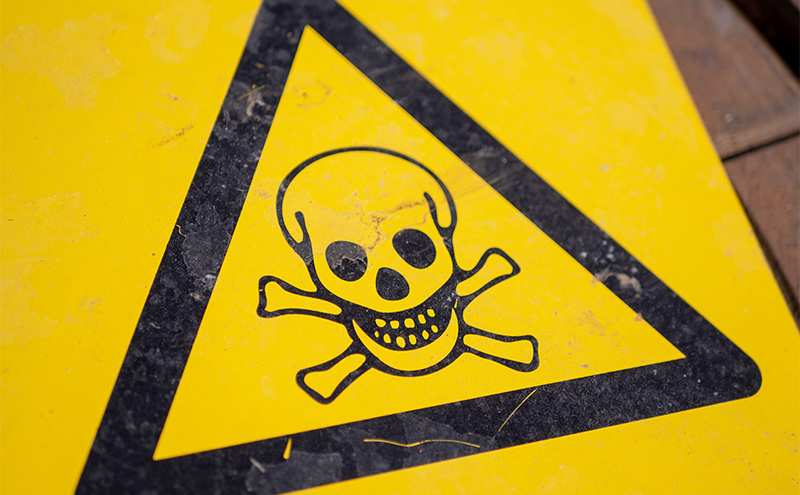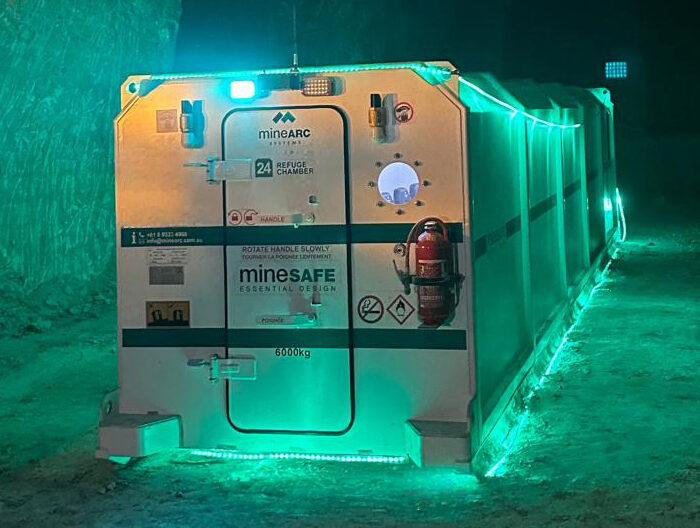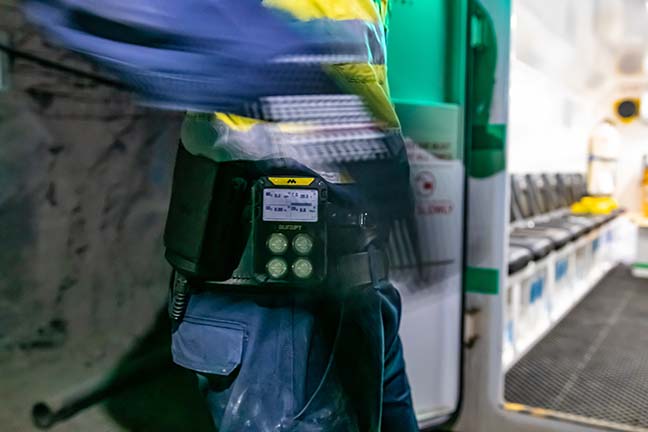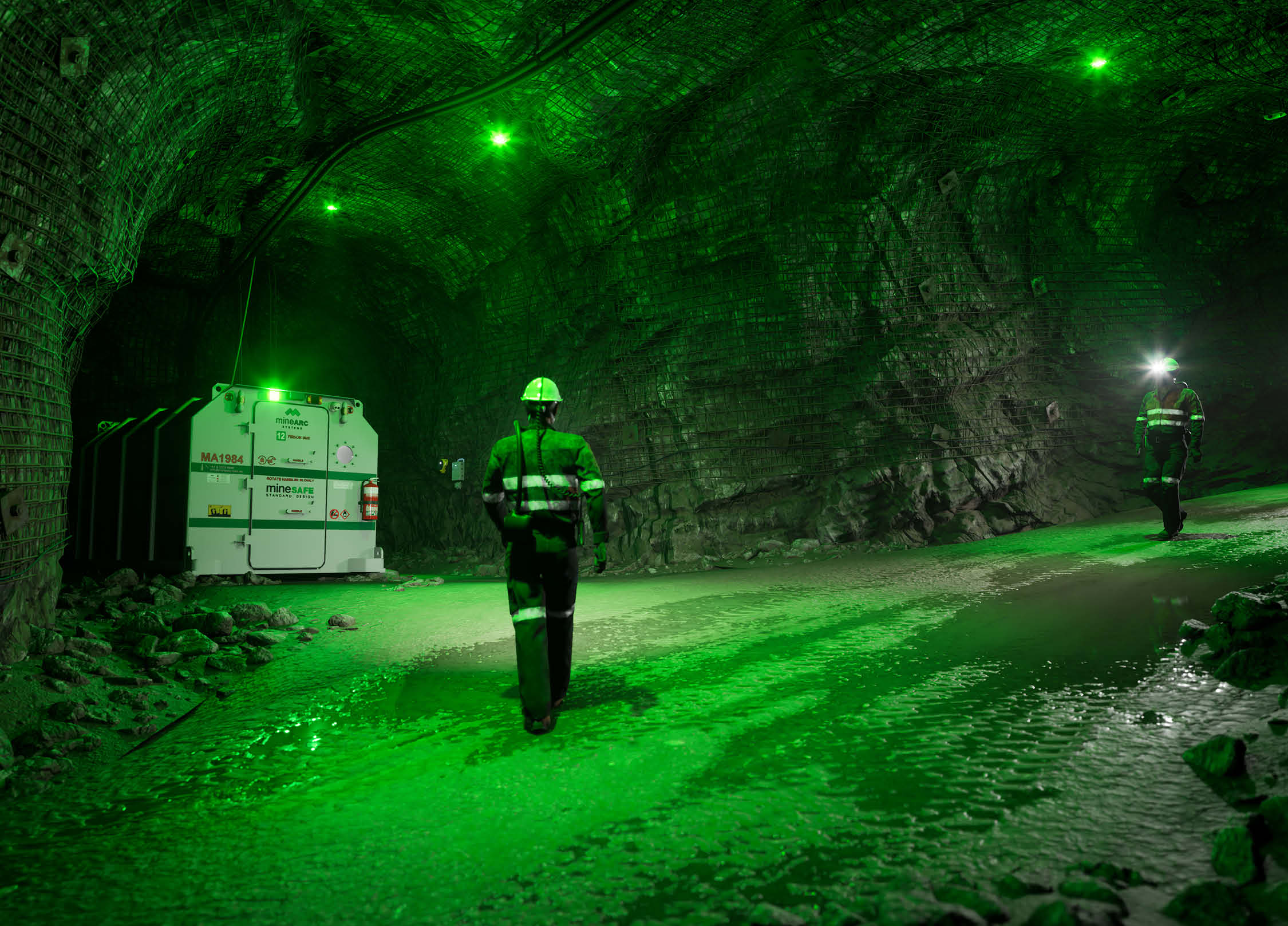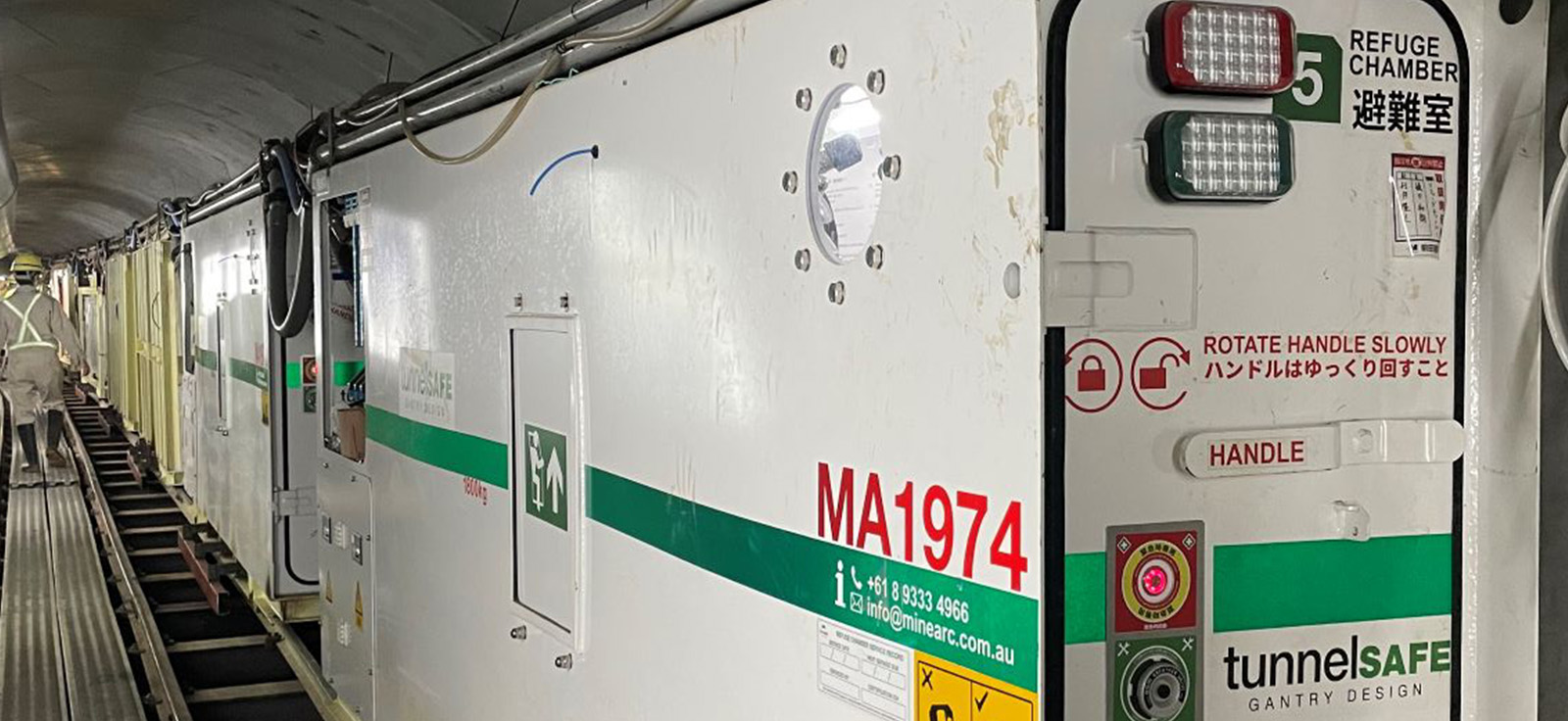Nitrogen is a naturally occurring colorless, odorless, and tasteless inert gas that can be transformed into a liquid. It is heavier than most other molecules in the atmosphere, and for that reason it generally settles at the lowest point. Nitrogen is the fifth most abundant element in the universe, and it makes up approximately 78% of the air we breathe. Because of this, many people believe that Nitrogen isn’t hazardous, but this is only true when it’s mixed with the correct amounts of oxygen.
Nitrogen Chemical Properties
CAS Number: 7727-37-9
Chemical Compound: N
Chemical Properties
Molecular weight: 28.01g/mol
Boiling point: -195.8˚C, -320.4˚F
Melting point: -121˚F/-85.4˚C
Density: 0.07807lb/cu.ft, 1.2506kg/m3
Atomic number: 7
Known as the invisible killer, due to it’s odorless and tasteless nature, nitrogen gas can be lethal if inhaled in high concentrations. Industrial workers are put at a higher risk of accidental exposure to nitrogen than any other hazardous gas, and therefore must be provided with the relevant gas detection devices and early warning mechanisms in case of leaks or other disasters.
Nitrogen - Health Effects
Being an inert gas, nitrogen is often used for safety purging and tank blanketing, leading to the common belief that it is a ‘safe’ gas. Nitrogen is a hazardous gas and should be treated as such.
If exposed, it can cause physical and mental impairment depending on the amount and concentration an individual is exposed to. If a continuous flow of nitrogen is released into the air via a leak or an eruption, oxygen levels will begin to deplete quickly. Inhaling air with higher levels of nitrogen can be fatal and will cause anyone breathing in the air to choke, become dizzy, lightheaded and ultimately, lose consciousness. The Occupational Safety and Health Administration (OSHA) requires employers to maintain workplace oxygen levels between 19.5% and 23.5%.
| POSSIBLE EFFECTS | ATMOSPHERIC O2 CONCENTRATION |
| Normal | 20.9% |
| Some unnoticeable adverse physiological effects | 19% |
| Increased pulse and breathing rate, impaired thinking and attention, reduced coordination | 16% |
| Abnormal fatigue upon exertion, emotional upset, faulty coordination, poor judgement | 14% |
| Very poor judgement & coordination, impaired respiration may cause permanent heart damage, nausea and vomitting. | 12.5% |
| Inability to move, loss of conciousness, convulsions, death | <10% |
As shown in the table above, adverse reactions occur when oxygen levels decrease. As levels fall below 16%, the brain sends commands to cause the victim to breathe faster and deeper and once the oxygen level is under 12.5% full recovery is less certain. When oxygen levels fall between 4-6% the victim will fall into a coma in less than 40 seconds. It is therefore critical to ensure that there is sufficient oxygen in the atmosphere.
Nitrogen - Recommended Gas Monitoring Equipment
Due to nitrogen’s characteristics, it is necessary to monitor the air quality when personnel are working in confined spaces where it can be present.
OSHA has safety guidelines in place in order to maintain a safe working environment for employees that work with nitrogen and other hazardous gases. All personnel must be trained on the proper use of personal protective devices as well as the correct actions to be carried out in the case of accidental exposure.
MineARC offers both portable and fixed gas monitoring options with a range of specialty sensors, including nitrogen.
The Aura-PT is a digital handheld gas detector that will continuously monitor signs of hazardous gases within its immediate surrounds. It can be worn on the belt allowing personnel to carry it with them at all times.
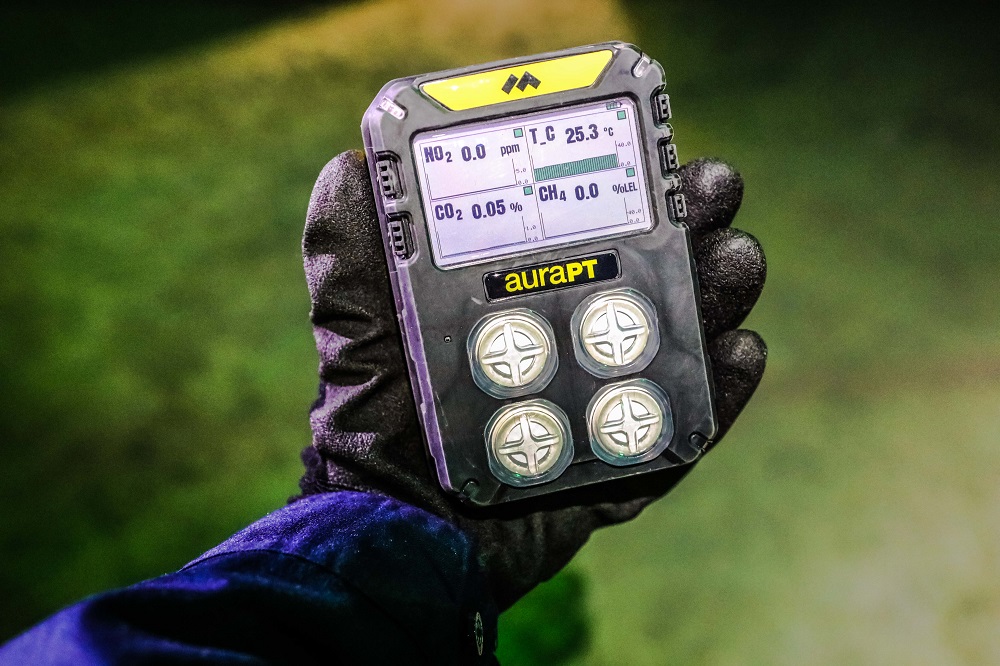
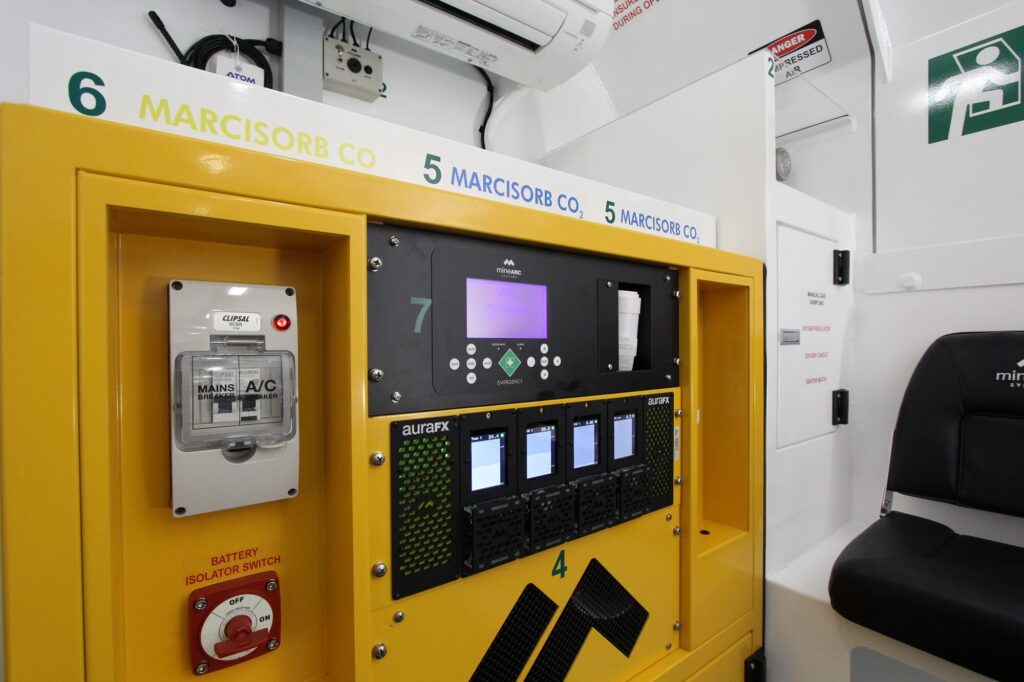
Alternatively, the Aura-FX is a fixed unit that can be positioned in a refuge chamber or other confined space to monitor the atmospheric conditions within a designated area.
To enable safe escape from a hazardous area, MineARC also offers Self-Contained Self-Rescuers (SCSR’s) from the DEZEGA range. These SCSRs provide 30, 60 or 70 minutes of breathable air and can be easily worn while working for quick access.
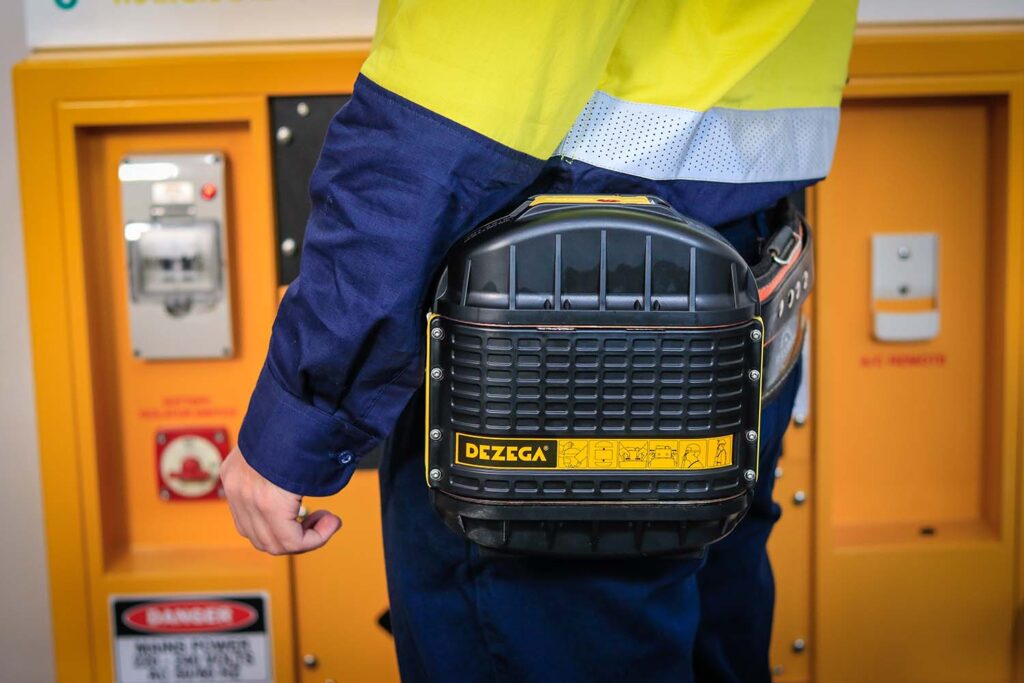
Industry Uses of Nitrogen
Despite the dangerous effects of nitrogen, it is utilized in many industries today, and some may surprise you. The largest use of nitrogen is the production of ammonia, which is commonly used in fertilizers.
Nitrogen gas is also used to displace oxygen to extend shelf-life of packaged foods by preventing spoilage, mold growth, moisture migration and insect infestation. It can also act like an invisible pillow for the food, so that it doesn’t break during transport. The liquid version of nitrogen is utilized in the freezing process of food and to refrigerate perishables during transport.
Nitrogen is also used to help in the production of many electronical parts such as, transistors, diodes and integrated circuits; and can prevent oxidation in the manufacturing of semiconductors and printed circuits.
Almost all pharmaceuticals contain nitrogen. The most known is nitrous oxide, which is used as an aesthetic in dentistry, most commonly known as laughing gas.
And of course, it is utilized in the petrochemical, coal, and chemical processing industries. In the chemical industry, it is utilized in the production of ammonia and urea production. Nitrogen is widely utilized in the petro industry to prevent corrosion and explosions. The coal industry utilizes nitrogen to continuously pumped into mines to displace oxygen or to extinguish fires.
For further information, please email info@minearc.com.au to speak with a MineARC representative.
Check out our other articles on hazardous gases including, carbon dioxide, carbon monoxide, and methane.


